Follow me on Twitter: @SteveSchuler20 and right here on Hackaday: KRA5H
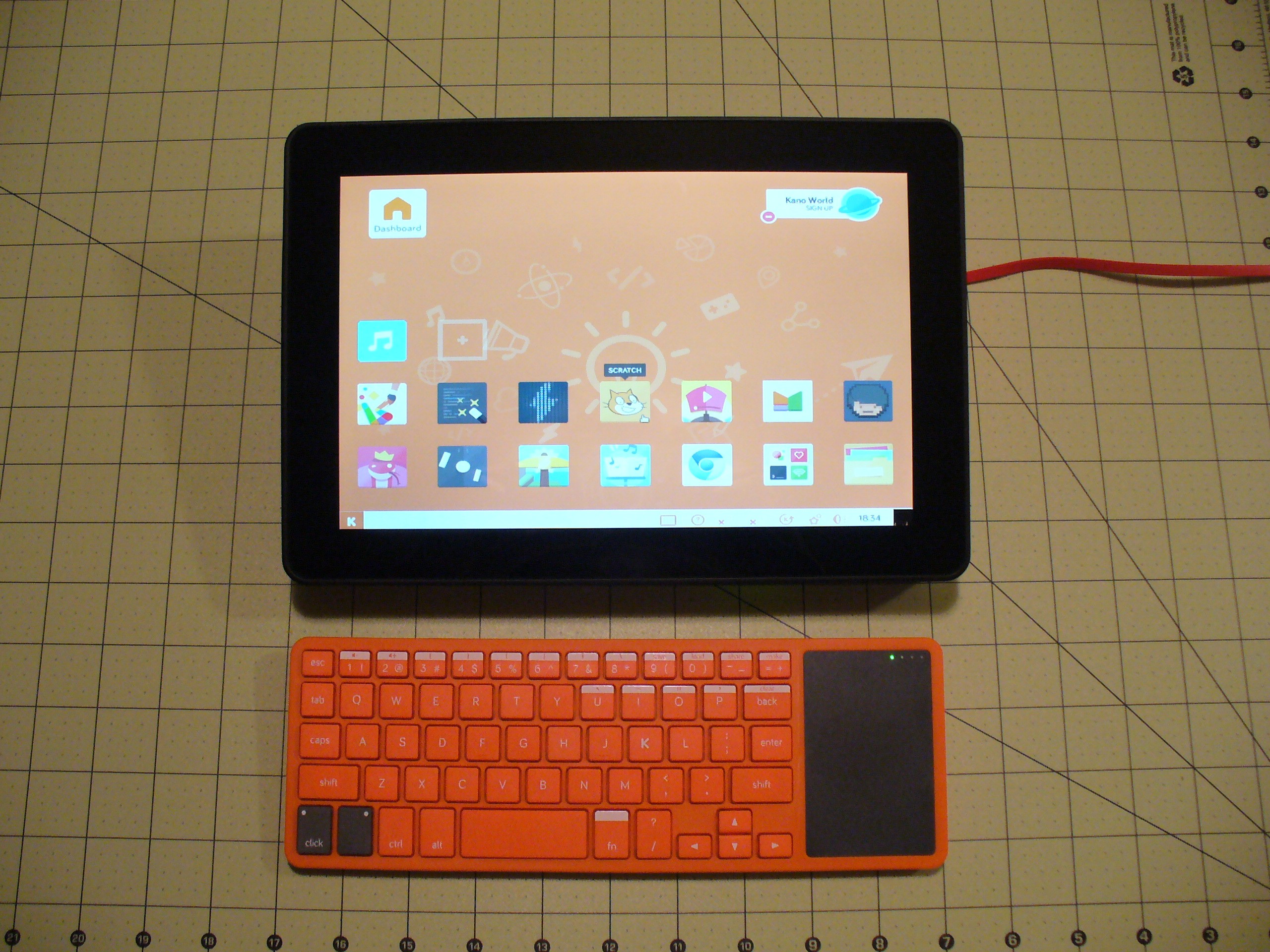



Alarming Decline in Science Literacy
We are starting to see an alarming decline of science literacy in the United States. The US continues to be the most scientifically and technologically advanced nation on earth and continues to lead the world in science and technology output. But as Niall Ferguson, the Laurence A. Tisch Professor of History at Harvard University, observes:
“It’s certainly true that U.S.-based scientists continue to walk off with plenty of Nobel Prizes each year. But Nobel winners are old men. The future belongs not to them but to today’s teenagers....Every three years the Organization of Economic Cooperation and Development’s Program for International Student Assessment tests the educational attainment of 15-year-olds around the world. The latest data on “mathematical literacy” reveal that the gap between the world leaders—the students of Shanghai and Singapore—and their American counterparts is now as big as the gap between U.S. kids and teenagers in Albania and Tunisia." Source
China is catching up to the United States according to the National Science Foundation. Nonetheless, though we have a number of serious issues we must confront such as global warming, we do have immediately pressing issues such as confronting anti-science movements like anti-vaccine, anti-GMO, and chemophobia (think Vani Hari a.k.a. “The Food Babe”).
Lack of science literacy causes fear of GMOs, yet the lives of 2.7 million children could be saved with Golden Rice.
Because of the lack of science literacy, people believe the Measles, Mumps, and Rubella (MMR) vaccine causes autism (it does not). Measles was wiped out in the United States by the year 2000, but “we had 644 cases in 27 states in 2014, the most in 20 years.”
With the impending public health threat of the Zika virus disease spread by the Aedes aegypti mosquito and can be spread by the Aedes albopictus mosquito as far north as the Great Lakes, it may be necessary to use the insecticide DDT. That’s right, DDT. It was banned in 1972 due to pressure from environmentalists based on bad science even though it is safe to use as an insecticide. Millions have died (mostly children in Africa) from Malaria. According to Marc Gwadz of the National Institutes of Health, “The ban on DDT may have killed 20 million children.” DDT is not carcinogenic nor toxic and can be consumed in significant amounts with no ill effects (if you don’t wash your vegetables before you eat them—you should wash them considering how many dirty hands have handled them before reaching your kitchen…ewww!). Of course, the scientifically illiterate chemophobes will intransigently parrot Vani Hari, “there is no acceptable level of any chemical to ingest ever.”
Immunizations, food security, and mosquito control are immediately pressing issues that can save millions of lives globally. Science literacy is the best defense against cranks, charlatans, and pseudoscientific demagogues.
Information Wants to Be Free
So much scientific research is locked up behind paywalls even when that research was paid for with public funds.
There is so much competition for public grants among scientists that they seem to only want pursue research that is "sexy" and likely to published in the most prestigious of journals--even when that research is flawed and sometimes dangerously fraudulent. Andrew Wakefield's MMR autism study was published in The Lancet in 1998 and was retracted in 2010 but to this day people still believe the Measles, Mumps, and Rubella (MMR) vaccine causes autism.
There is a growing citizen scientist (amateur scientist) movement spawned from the maker movement that is similar to the Gentleman and Lady scientists that preceded the Age of Enlightenment and before the professionalization of science. Citizen scientists are doing research that often rivals professional scientists and publishing...
Read more » Steve Schuler
Steve Schuler





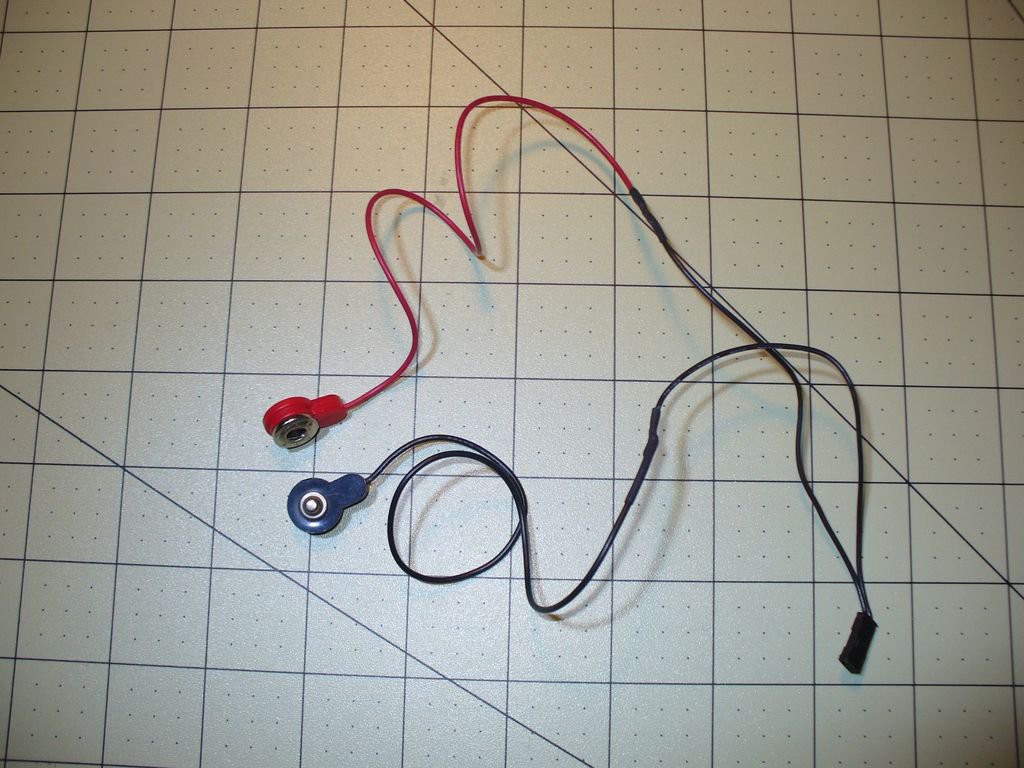


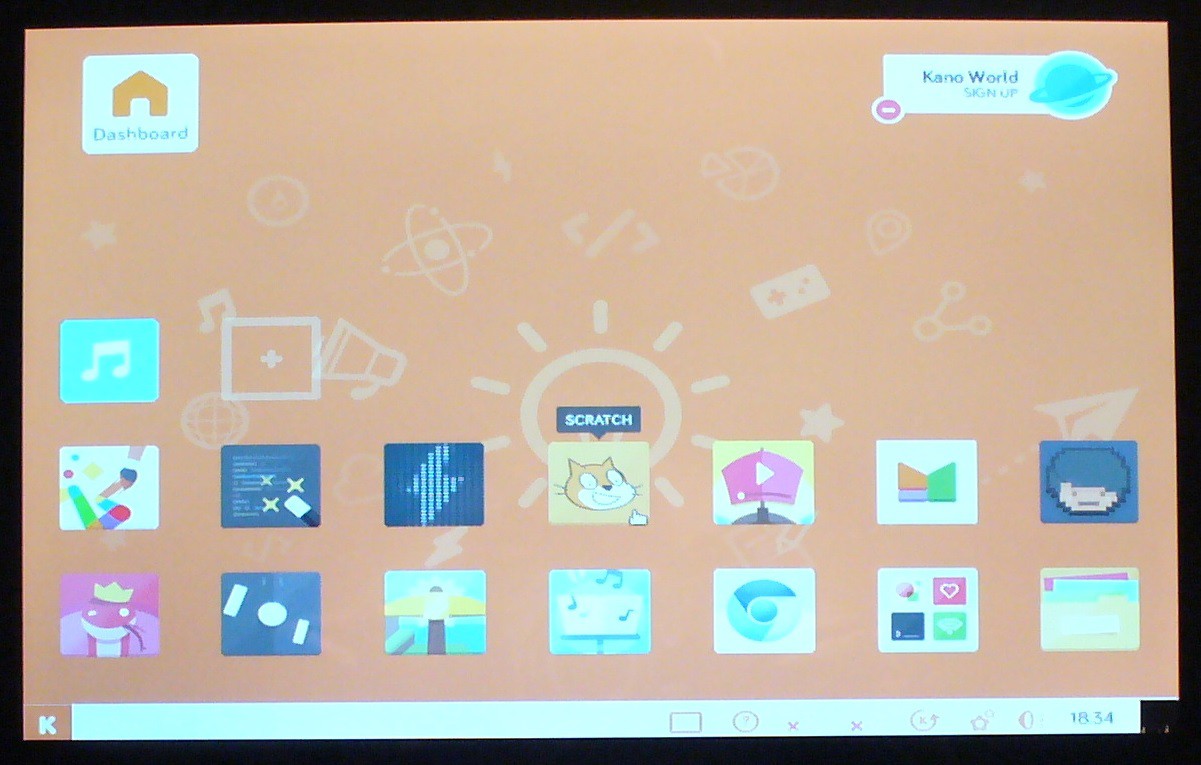





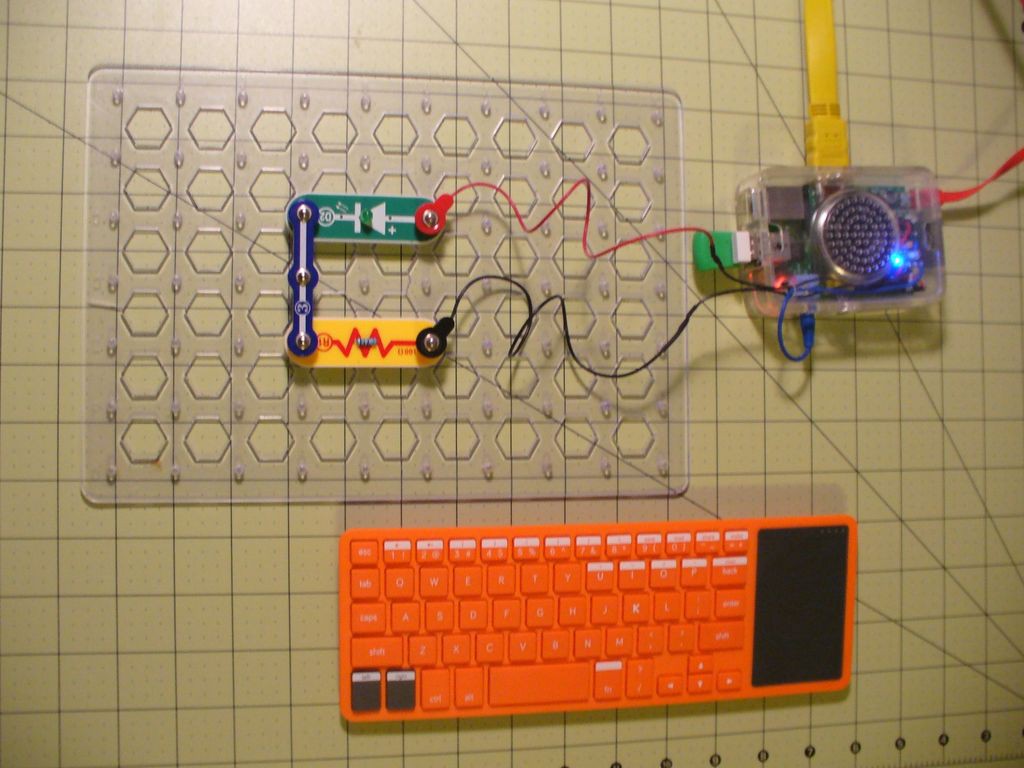

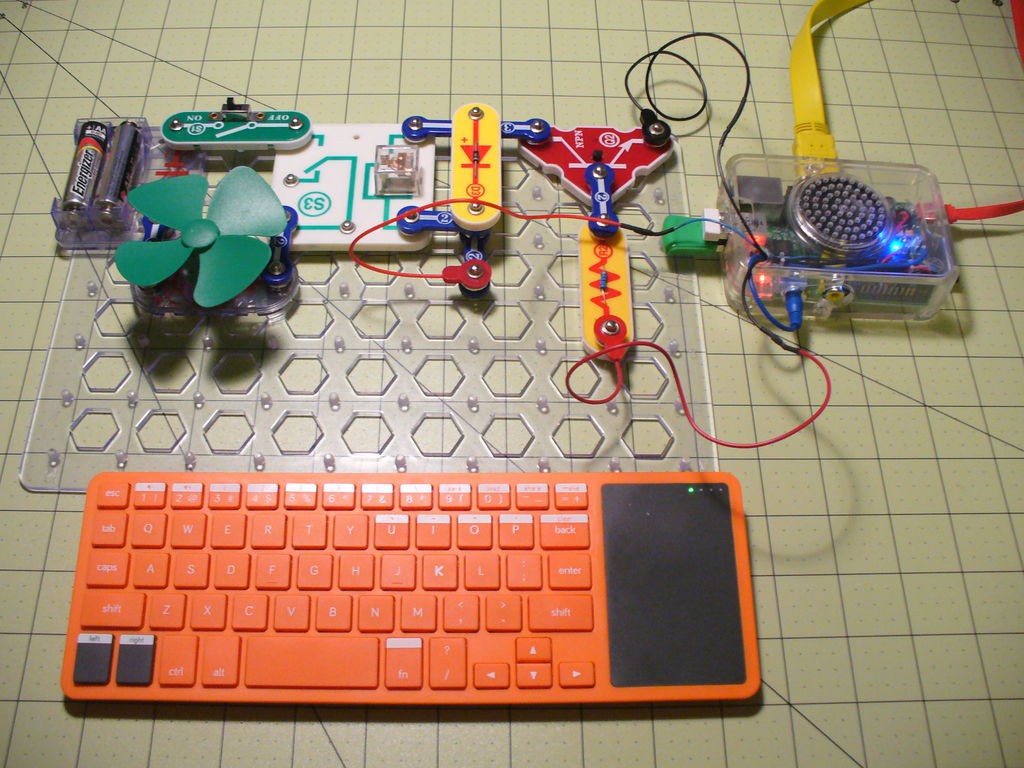
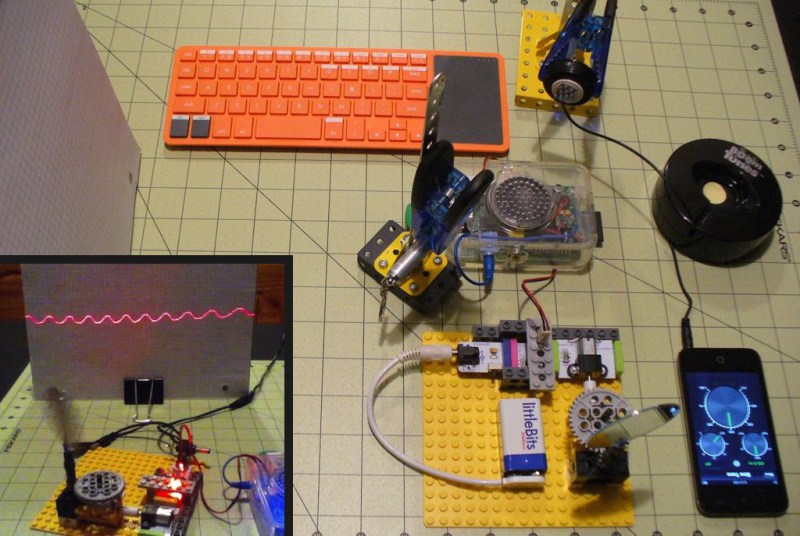







































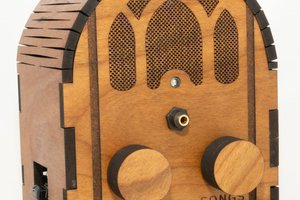
 Ross Porter
Ross Porter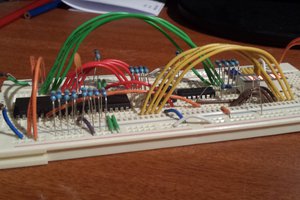
 Dominic11112
Dominic11112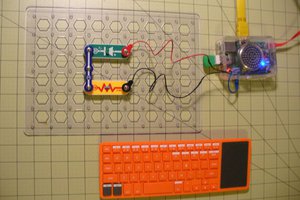
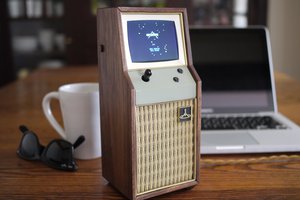
 Mike
Mike
https://hackaday.io/project/12316-raspberry-pi-3-desktop-a-7-yr-old-can-build-use
<p><span style="font-weight: 400;">Thank you for sharing<a href="https://ketodietapp.com/Blog/lchf/do-detox-diets-work-an-evidence-based-review">!</a></span></p>